A brilliant exploration of human psychology and surrealist beauty, “The Cell” continues to thrill and terrorize more than twenty years later.
I had taken an art class in college and watched The Cell around the time we were talking about modern art/surrealism. This movie always made me question what our subconscious would look like if we could see it. Would it be bright colors and unconstructed ideas? Would it be darkness and decay?
Naturally, that question depends on the mind.
The Cell is very unique and, at times, beautiful in its twistedness. When I recommend this movie to people, I warn them that it’s high-concept weird.
Movie Summary (Spoilers!)
Catherine Deane (Jennifer Lopez) is a child psychologist consulting on a new program to help coma patients.
She goes into their minds with futuristic technology and tries unsuccessfully to help a child, Edward, process his trauma. The program’s funding is about to be pulled because Edward’s parents, the benefactors, are sick of waiting for progress.
Deane wants to switch the feed and bring Edward into her own mind, but this suggestion is vetoed. Meanwhile, a woman has been kidnapped by a man who has clearly done this before, and the FBI is involved in catching him.
Each time, the girls are bleached white to look like dolls and have a collar around their necks; we see him masturbating to a taping of their drownings as he hangs above them in the air, suspended by rings along his body.
Carl Stargher (Vincent D’onofrio) is the killer, and right before he is caught, he passes out and hits his head, causing him to never be able to wake up again.
In order to find the last girl he kidnapped before she drowns, the FBI asks Catherine to go into this man’s mind to find her.
She hesitates but decides to help and becomes trapped there herself, which prompts Detective Novak (Vince Vaughn) to go in after her, resulting in him being caught and tortured.
Novak reminds Deane of a personal tragedy, which wakes her up, and she stops Stargher. Novak is able to find the last girl from a clue inside the killer’s mind right before time runs out, saving her. Catherine switches the feed so that Stargher is now in her mind.
There, she is able to kill Stargher’s alter ego, the evil king, when she transforms into a darker version of herself, but it also kills Carl as a child (since these egos are intertwined), whom she mercy-drowns when he asks her to.
After this, Deane is able to bring Edward into her mind to help him further.
Surrealism in Art & Psychology
Surrealism is an artistic movement that lasted from about 1924 to 1966 and focused on the unconscious mind processes, including dreaming, to expose our imagined inner worlds. It can be somewhat abstract or completely abstract and automatic in its expression.
This expression style was a revolt against the popular trends in art at the time, such as Cubism, Formalism, Abstraction, and Art for art’s sake. Salvador Dali, René Magritte, and Max Ernst are a few of the artists who popularized surrealism with their strange art that bled dreaming and unreality together.
The Cell deals with surrealism but also with Sigmund Freud’s conception of the id, “the primitive and instinctual.. .impulsive (and unconscious) part of our psyche that responds directly and immediately to basic needs, urges, and desires.”
Archetypes “are innate patterns of thought and behavior that strive for realization within an individual’s environment,” from Carl Jung, are also present throughout.
Envisioning a Serial Killer’s Mind
Serial killer movies were very popular around 2000; there seemed to be a lot of emphasis in cinema on exploring these minds, probably trying to understand them and process the cultural shock of the serial killings in the 70s and especially the 80s.
The Cell is genius, though I’m not sure 2000 was ready for Tarsem Singh’s vision. It did, however, garner some attention for the stunning visuals.
My most vivid memory of the film from the time of its release is seeing that striking cover on video store shelves.
Some critics complained that Stargher didn’t deserve forgiveness, but I feel they missed the point. It isn’t about forgiveness, though he does seem to have it at the end. Rather, it is about delving deep into a person’s darkness. The emphasis was on the symbiotic nature of the mind and art.
Understanding isn’t necessary. After all, we can never truly understand a mind like that, nor can we forgive his crimes.
I did actually feel bad for Carl (not excusing his crimes by any means); he seemed controlled by that dark side of him, his id, instead of willingly giving into it.
The Cell is not a serial killer movie, in my opinion, because the killings are there to set up the story instead of being a focal point.
It’s more fair to call this a dark fantasy opera.
The focus is being inside a serial killer’s mind, in his theatrical conceptions of himself and his sick fantasies brought to life. The mind is infinite, and no one’s ever seen the inside of someone else’s mind, so this allowed Tarsem Singh, the director, to be as strange as he wanted to be.
Singh didn’t want anything realistic about it — our dreams, our minds aren’t rational in the id.
He viewed The Cell as an opera or theater production where it’s much less about the character or dialogue and more a journey into what one perceives with the different plays on the visuals.
Though it is about Stargher and traveling into his psyche, it’s much more about what we see than what we understand about him. We are now in a place that lacks understanding and breathes through impulse and emotion.
Singh creates space for beauty and terror simultaneously in his scene work.
You’re sickened, but it’s so beautifully done that there’s no looking away. We don’t need to understand; we simply need to see.
This movie is still deeply unsettling, and this is from a seasoned lover of horror.
Vincent D’Onofrio is captivating in his mastery of this character and has such menace that no matter what he does or wears, he is still terrifying. D’Onofrio ran with this role, often coming up with ideas spontaneously — he played psychotic so well that I’ll be forever wary of him now.
Theatricality in Art Design
The Cell gives me 13 Ghosts (2001) vibes, which came out right around the same time. That was another transcendent movie that came out around this time with stunning, intricate visuals.
Eiko Ishioka was not subtle with costuming because the id is not something that would be subtle anyway, especially if it loomed larger than life in one’s mind. Each costume, along with the makeup combination, is beautiful and intricate but also sinister in shape with its elaborate intricacy.
Body modification is a main part of Stargher’s costumes. These days, a few nipple rings might not stir audiences, but there is something off about the many rings in the back of his body designed to suspend him. The rings came with him for the costumes in his mind; they were used in at least one scene to drag the gigantic pieces of royal purple fabric on the walls with him as he moved.
It makes one consider our idealized selves. Who are we in our minds? Are we ornate, like this “king” is? What would your id look like? Soft and beautiful or a dark avenger? Again, that depends heavily on the person.
In his outfits, I see an all-powerful King, Dragon, Devil, and Evil Jester, all dark (or made to be dark) archetypes, especially because of how Stargher views himself.
This Sick Mind
The visuals within Carl’s mind are weird and uncomfortable at best and horribly evil at worst, the deepest black of surrealist art.
We begin with the religious trauma of being baptized paired with the terror of drowning; this is where his evil kingdom of trauma began, where this dark side emerges.
Catherine awakens in his mind to the imagery of the three women in the field, triplets who scream silently, motionless at the sky until they turn to her and speak nonsense. She meets his child-like self and also witnesses his “creations” made from the bodies of his victims. His world is a concrete, desiccated world of endless rooms where the only light and warmth are in the rooms he occupies.
This is a place of pure unconscious, of pain, of terror, of the twisted king in his disturbing kingdom of pain.
These are not people in the basement, but things: objects propped up, de-sexualized, and then also very sexualized in the way they’re presented/moaning. A carnival of his ugly affections on display for him to visit.
Within Carl’s mind, his desires and impulses run free, devoid of conscience; it’s a sick place for his sick mind to play.
And yet, the young version of Stargher exists somewhere amongst the horror in his innocence before everything became so twisted.
He clearly loves his dog, an albino pup he raised. His darkness, he describes, is what helped him survive the abuse, a kind of demon on his shoulder that whispers to him. The child manifestation, then, is the angel on the other shoulder. Carl was horrifically abused by his father and is also schizophrenic.
Carl now turns women into owned dolls with collars for him to own, play with, and eventually dispose of. He changes them until they barely resemble humans (perhaps the way he sees them or as) and probably picks women he’s sexually attracted to, but that attraction becomes subjugation — his victims are his slaves.
Catherine’s Mind in Contrast
The conception of Catherine seeing herself as the Virgin Mary and then sacrificing the child Carl to save him for the greater good is interesting; it’s a very religious way to view death as being a release or relief so one can find ultimate peace.
Then, the darkness in him is a snake-like creature (the serpent in the garden) intruding on the Garden of Eden in Catherine’s mind.
She shifts into her alter ego as a dark angel avenger, a protector of children. Carl tells her the story of a bird (changing back into his awkward, soft-spoken adult self for a moment) that was hurt that he felt forced to put out of its misery because his father would have done something worse to the poor thing.
Catherine stabs his dark side when it appears, which mortally wounds the child, too, and he reminds her of the bird story. She then drowns him in mercy, which I found strange because it wasn’t fully explained.
There’s an entire other backstory that adds more to Deane’s character that was cut about her having an abortion in college, which led her not to have steady relationships and why she works with children specifically.
This makes way more sense with the mercy killing at the end. To me, it just seemed like a weird detail that was out of place. However, being that it was 2000, I understand why they cut it out even though the story was incongruent. Abortion was still very taboo during this time in history.
A line was cut by executives out of Fight Club (1999), which referenced abortion as well.
The joining of a mind together with another sounds like a very dangerous business because where’s the line?
How do we discern reality in a disjointed, liminal reality like that? How would the mind process its death in there? These questions, naturally, becomes one of the main points of The Cell.
Catherine’s mind begins to confuse reality to trap her; Carl changes her outfits the longer she stays in his world, and she eventually gets lost after being knocked out for the second time.
When she awakens, she is a seductive queen, a sexual fantasy in strange outfits that match Stargher’s to survey his misdeeds, a sardonic, unmoving smile on her face, and a chain at her neck while Detective Novak gets his intestines ripped out.
Deane realizes somewhere in her prison that to fight Stargher, she must accept her duality and face her darker side to defeat his darkness when she brings him into her mind. Carl’s childlike self cannot be separated from his twisted king conception; they are one.
The two Carls die together by the Avenging Angel persona that shifts back into the Merciful Mary’s conception of who Catherine truly is.


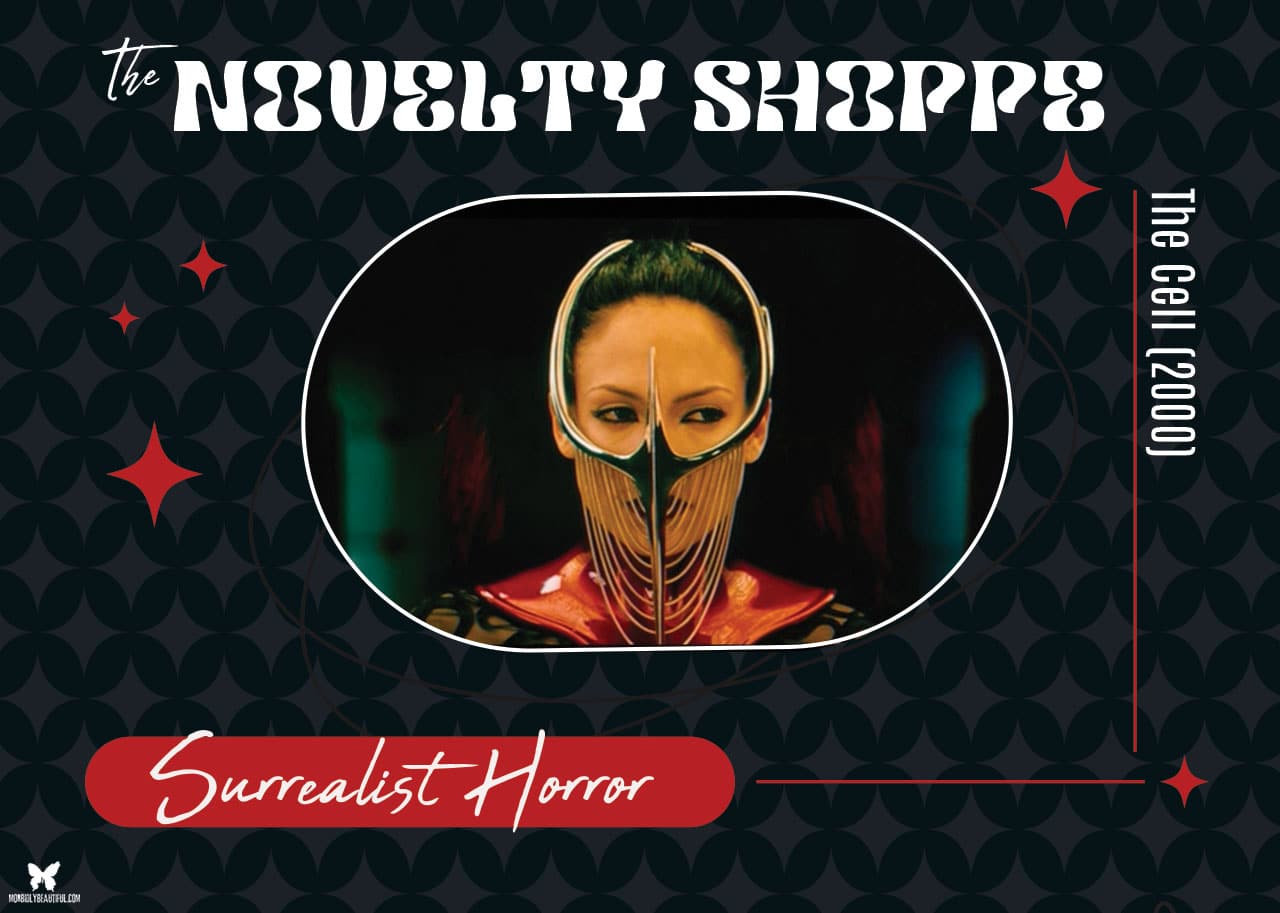
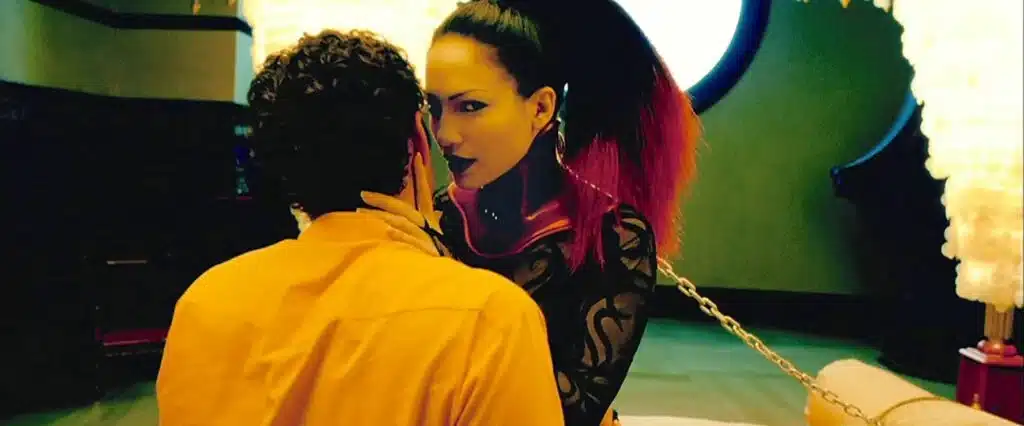
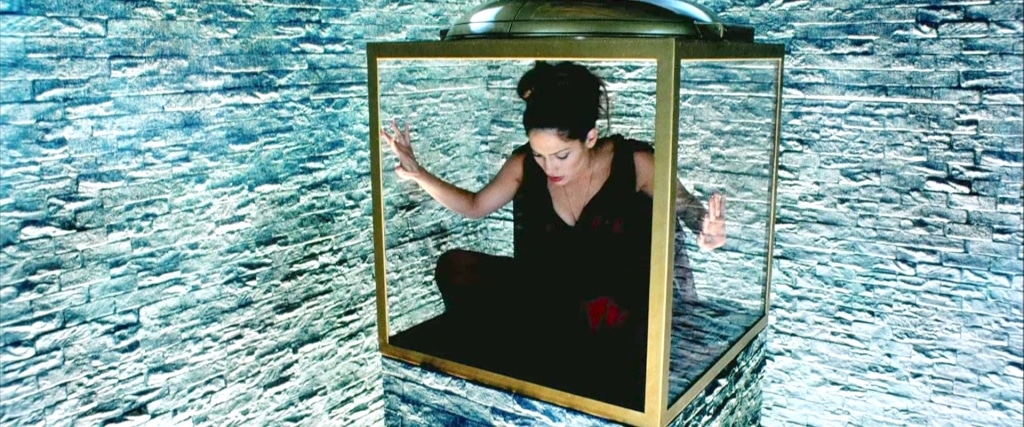
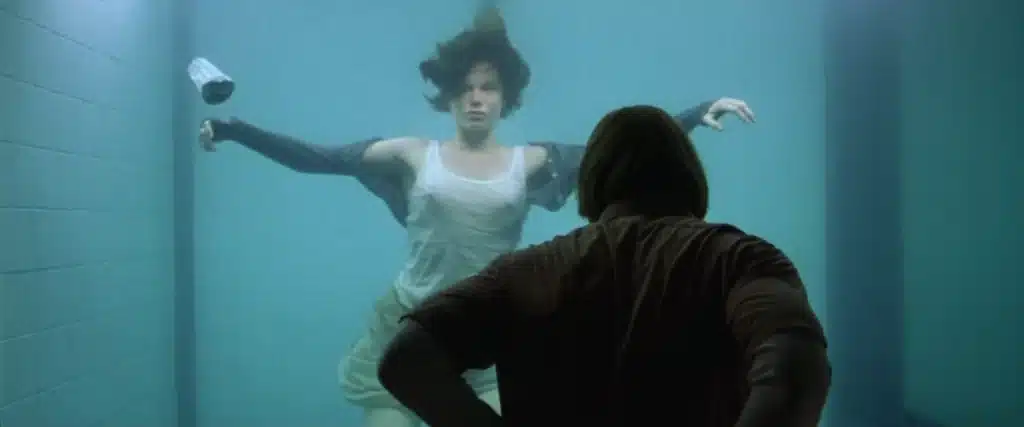
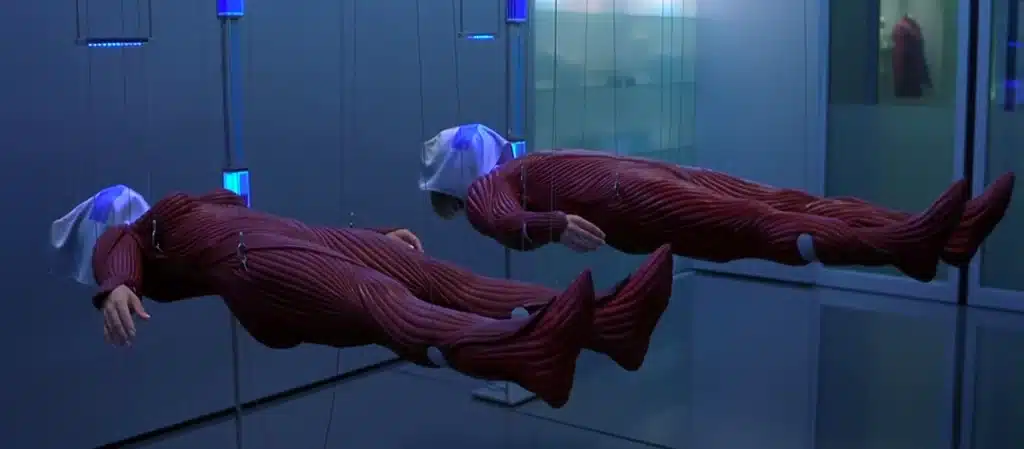
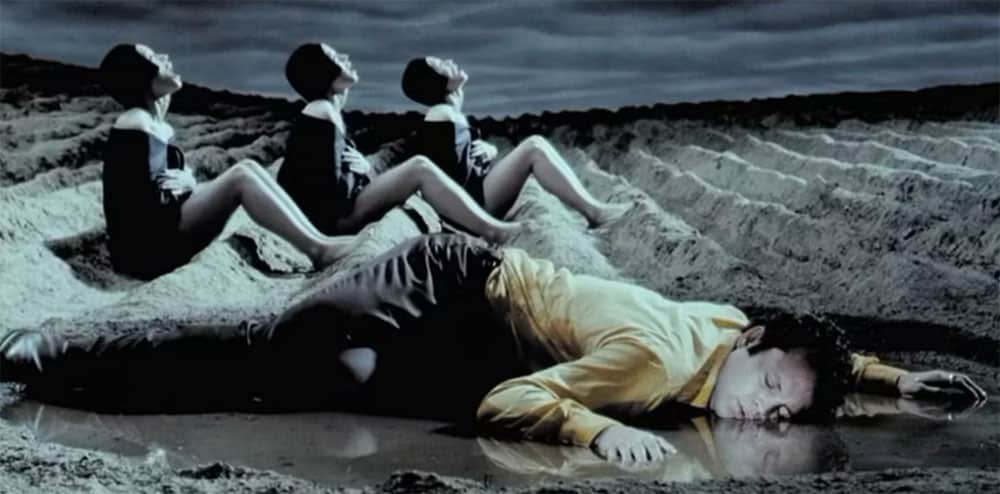
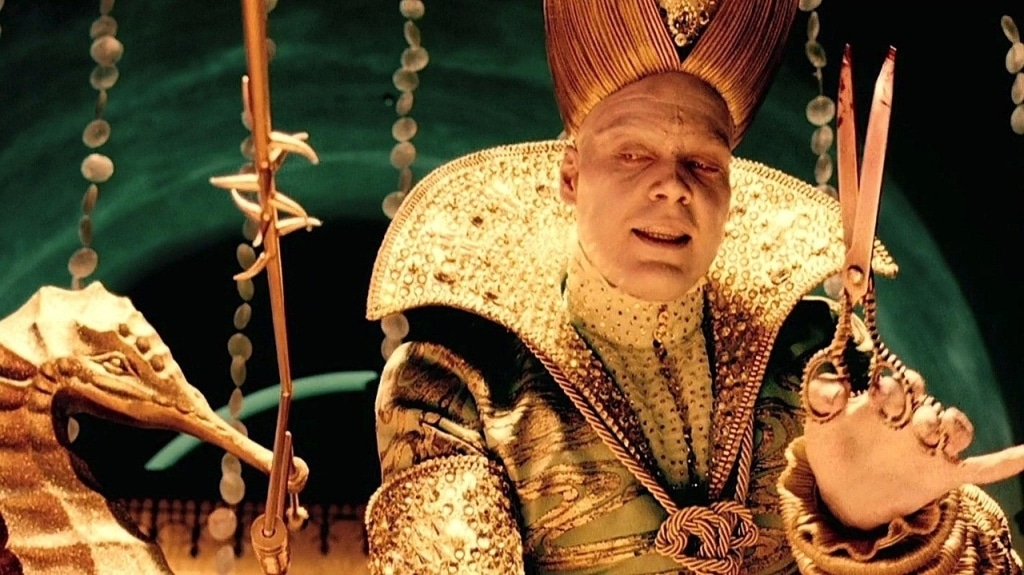
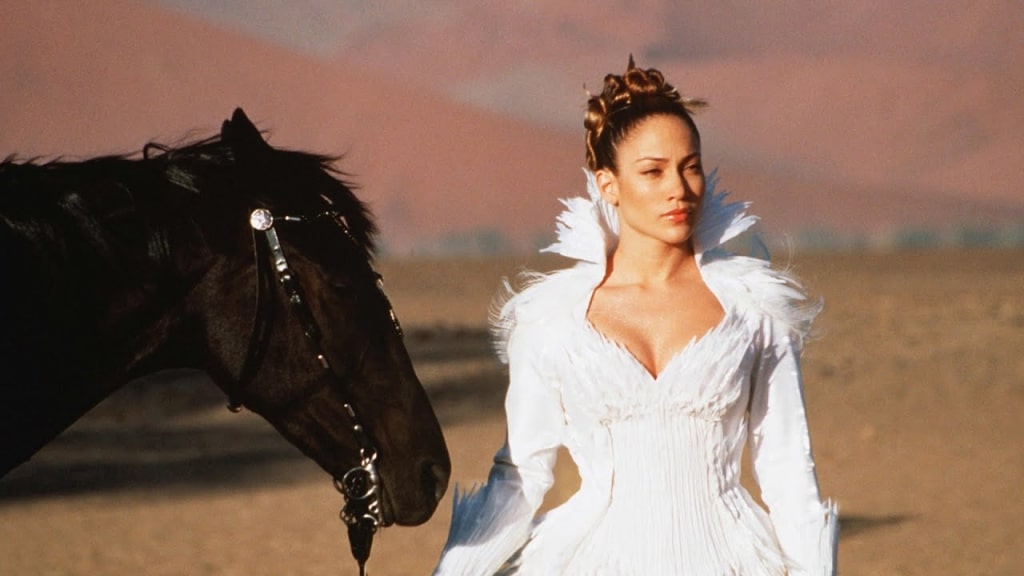
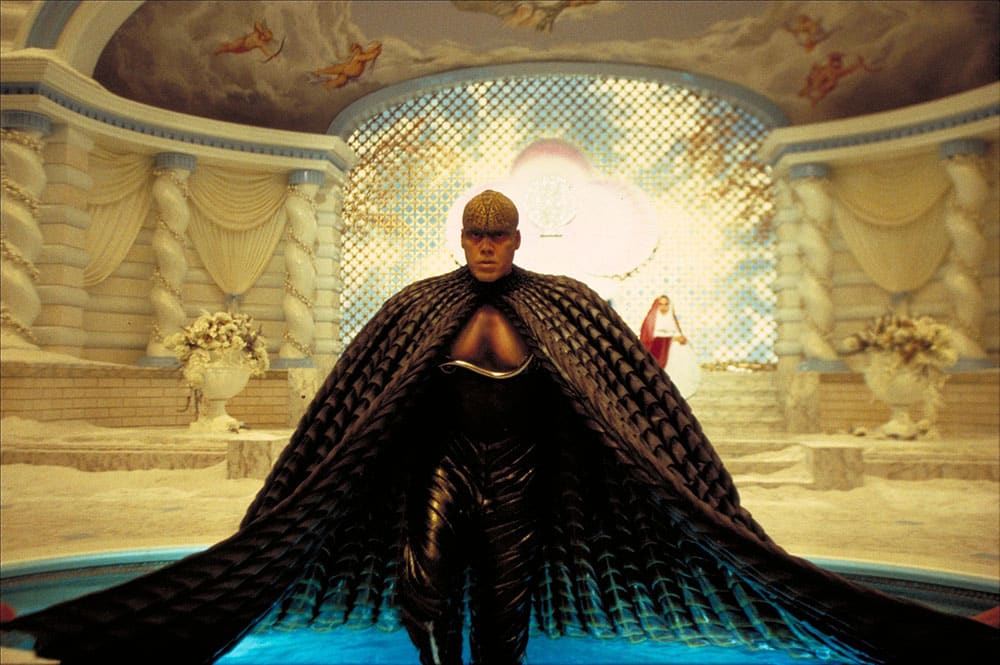
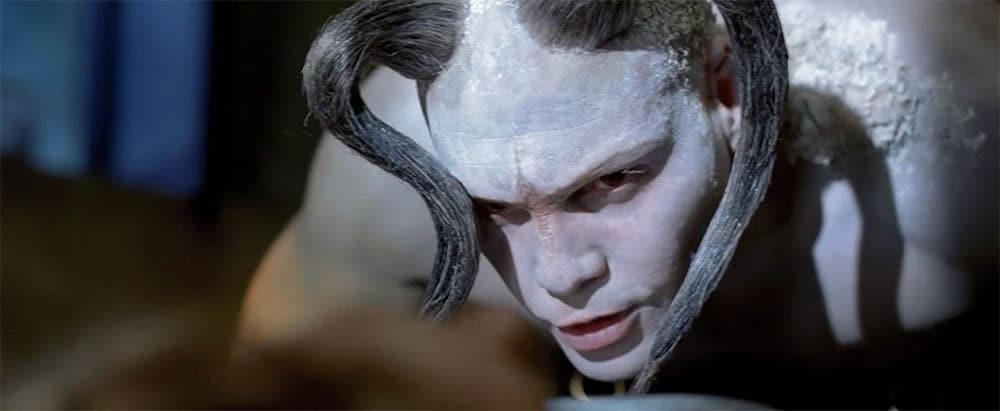
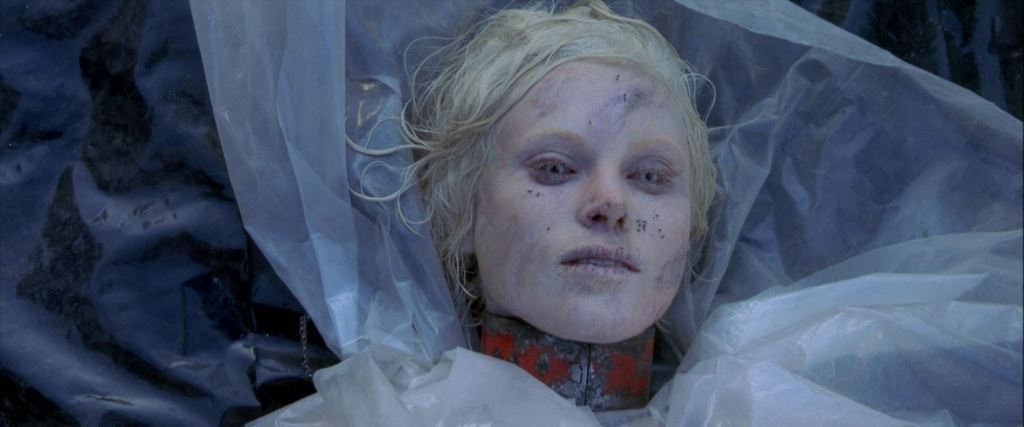
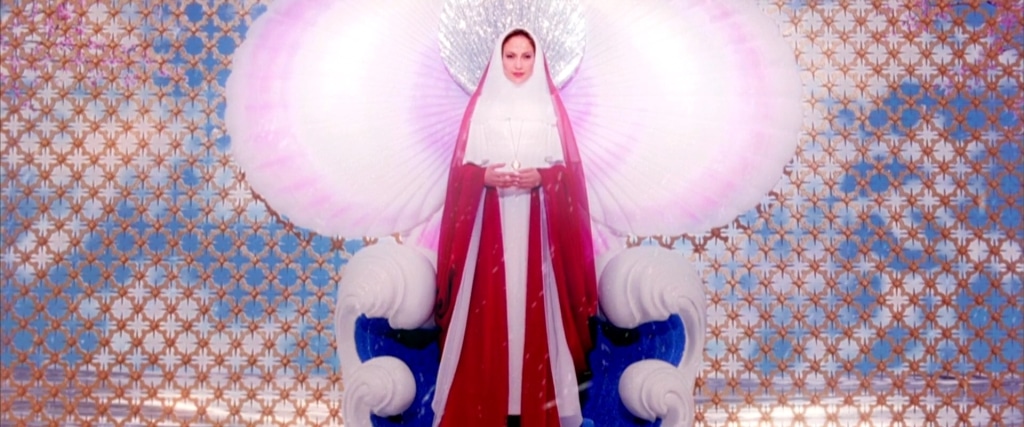
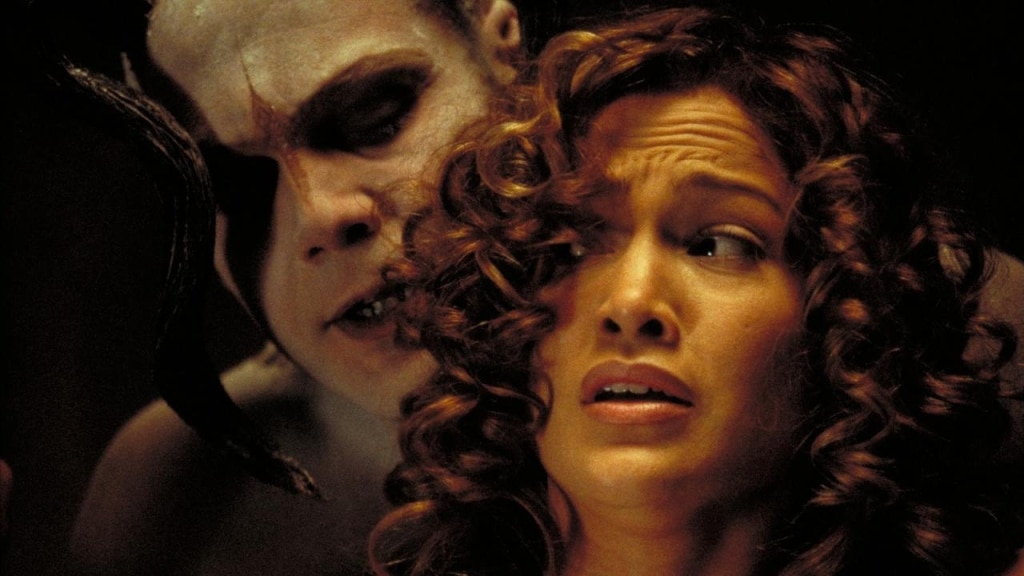
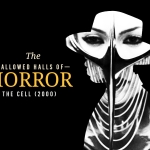










Follow Us!